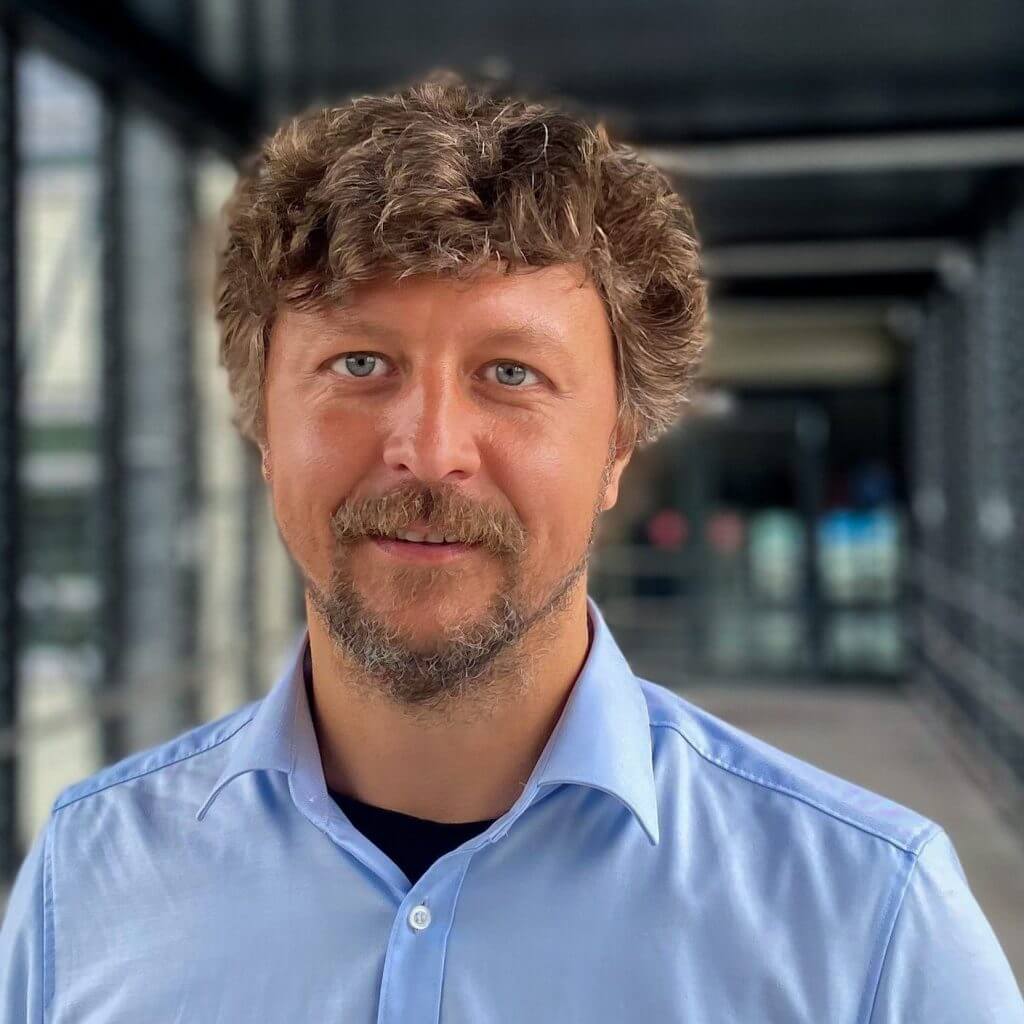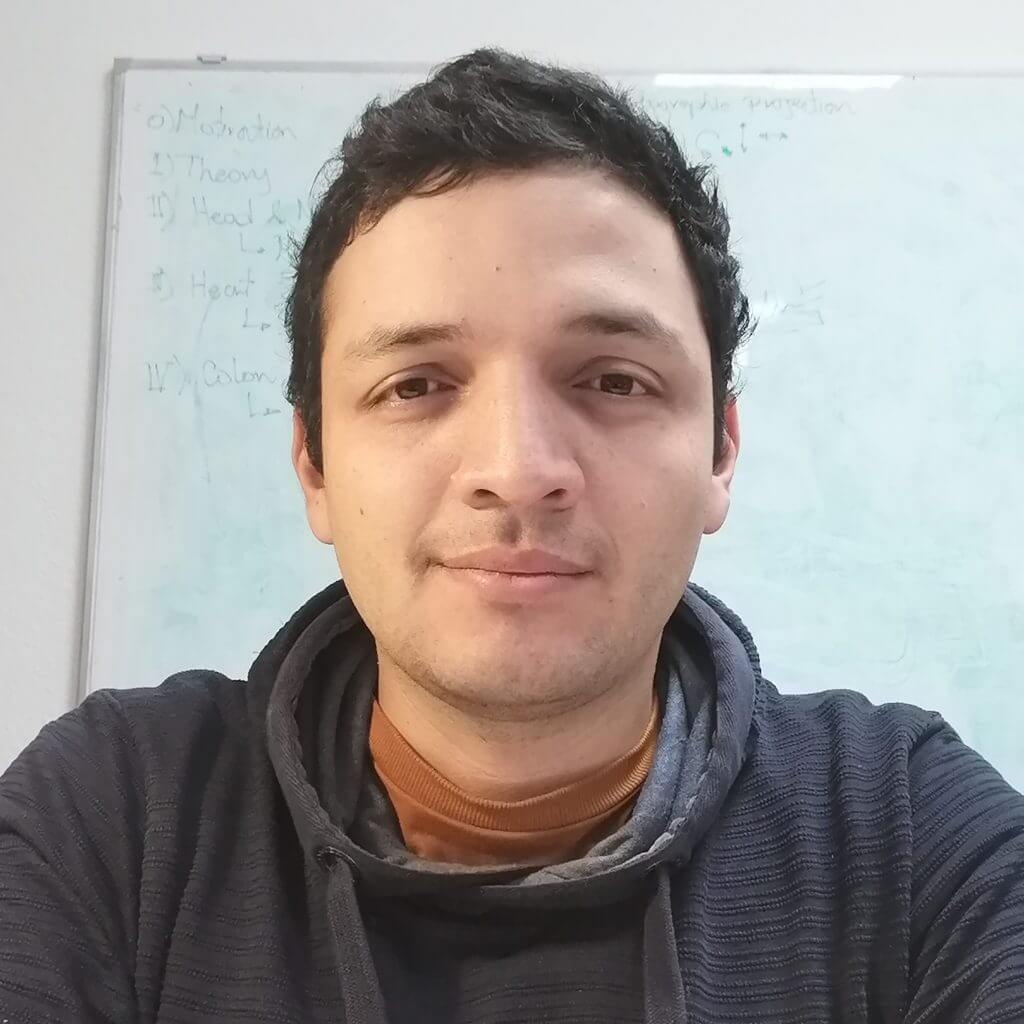
Research involving Iwan Schie and David Vasquez shows potential for improved diagnostics.
Sepsis continues to pose a major medical challenge – not only because of the acute danger to life, but also because of its long-term physical and immunological consequences. A recent study, in which Prof. Dr. Iwan Schie and David Vasquez were also involved, investigated how these changes can be visualized using Raman spectroscopy.
The team used high-throughput single-cell Raman spectroscopy to record biochemical profiles of leukocytes in patients with sepsis, both COVID-19-associated and non-associated. The analyses were performed at different points in time: in the acute phase (3 and 7 days after the onset of sepsis) and during the late recovery phase (6 and 12 months later).
The results show clear differences between healthy samples and sepsis patients, but also between the acute and late phases of the disease. Even after twelve months, molecular changes were still measurable. In addition, differences between COVID-19-associated and non-COVID sepsis could be identified.
This work highlights the great potential of Raman spectroscopy as a label-free, fast, and accurate method for characterizing immune cells. In the future, this could significantly improve both the diagnosis and understanding of sepsis and its long-term consequences.
- Click here for the article
- Journal: Biotechnology Journal


